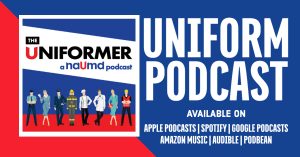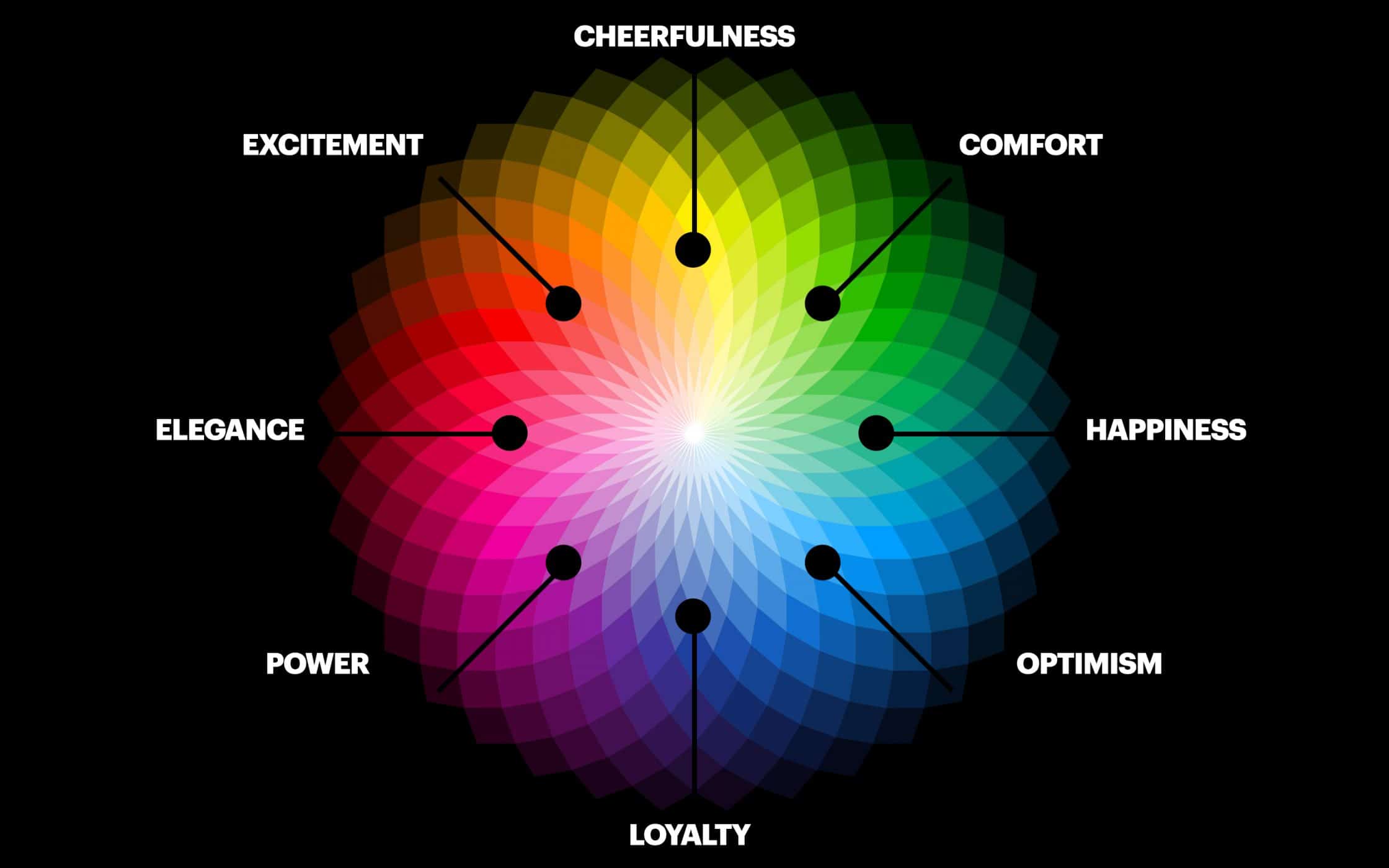 THE SCIENCE OF UNIFORMS
THE SCIENCE OF UNIFORMS
The Pulse presents The Science of Uniforms, a column written by NAUMD network member Anil Kariwala. Anil is also CEO Kariwala Industries Limited
Uniforms are more than just clothing. They are representative of unity among employees of an organization. The colors chosen for these uniforms can have a deeper impact, influencing employee morale, performance, and even customer perception. Understanding the psychology of color is important for businesses looking to design uniforms that enhance their brand image while creating a positive and productive working environment.
German psychologist Eva Heller, a pioneer in color psychology, emphasized the importance of cultural and historical context when interpreting color symbolism. While certain core emotions might be linked to specific colors across cultures, the nuances and strength of these associations can vary. This insight is crucial for companies operating in a globalized world. Her book ‘Wie Farben wirken’ (The Psychology of Color) is still considered a seminal piece of work.
Red is often associated with energy, passion, and action, making it a powerful tool. However, its potential to evoke feelings of danger or aggression needs to be considered. Subway uses red in its logo to grab attention, while their green uniforms – a color linked to freshness and health – align with their brand message.
Blue, a symbol of trust, calmness, and professionalism, is a popular choice for corporate environments. Airlines like Thai Airways leverage this by using blue uniforms to convey trustworthiness, a vital attribute in the travel industry.
Green evokes growth, harmony, and freshness, with a calming effect suitable for environments where relaxation is desired. Subway again demonstrates this principle by incorporating green into their uniform scheme, emphasizing their commitment to fresh ingredients.
Yellow is associated with happiness, optimism, and warmth, stimulating mental activity and creating a positive atmosphere. However, overuse can be counterproductive. Fast-food chains like McDonald’s utilize yellow in their branding to attract attention and create a cheerful ambiance.
Black denotes sophistication, authority, and elegance. It is frequently used in luxury brands and formal attire to project an image of exclusivity and power. High-end restaurants and hotels often opt for black uniforms to convey professionalism and high standards. Yet, can you imagine the psychological impact on patients, were doctors or nurses were to be dressed in black?
Chromotherapy, an alternative treatment method using color energy to balance physical, emotional, and spiritual health, has roots in ancient cultures, especially India. Colors are believed to influence the body’s chakras, or energy centers. For instance, yellow is associated with the solar plexus chakra, believed to enhance personal power and confidence. While chromotherapy is not a mainstream medical practice, the underlying principles can be relevant in a contemporary setting. Calming blue uniforms might be seen as balancing the throat chakra, associated with communication and expression. Similarly, green uniforms could resonate with the heart chakra, promoting a sense of peace and empathy.
The psychology of color can be a useful tool for designing uniforms that go beyond simply representing a brand. The selection of colors based on their emotional impact, can create a more harmonious and effective work environment, fostering employee morale and most importantly, influencing customer perception.




















